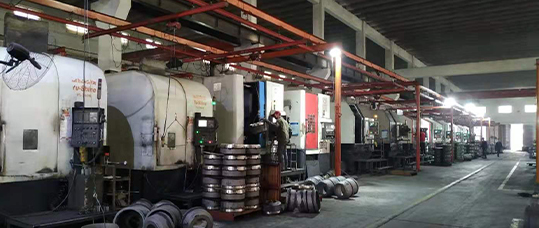how do rear drum brakes self adjust
Understanding How Rear Drum Brakes Self-Adjust
Rear drum brakes are a vital component of many vehicles, providing the necessary force to slow down or stop the car. Unlike disc brakes, which use a caliper and rotor system, drum brakes employ a series of shoes that press against the internal surface of a drum. One of the significant features of drum brakes is their self-adjusting mechanism, which ensures optimal braking performance over time. Understanding how this system works can help drivers maintain their vehicles more effectively.
Understanding How Rear Drum Brakes Self-Adjust
Typically, the self-adjustment occurs through a series of mechanisms that engage during braking. When the driver applies the brakes, the shoes expand and create friction against the drum. If there is excessive clearance between the shoes and the drum due to wear, an adjusting lever or screw comes into play. This component is often connected to a ratchet mechanism that tightens the shoes incrementally.
how do rear drum brakes self adjust

In most designs, the self-adjusting process is triggered every time the vehicle is reversed and the brakes are applied. The slight extra movement and force in reverse activate the adjusting mechanism, allowing the shoes to reposition themselves. This automatic adjustment helps maintain consistent contact with the drum, reducing the risk of brake fade and ensuring smooth operation.
Despite this clever engineering, it's crucial for vehicle owners to perform regular maintenance checks on their drum brake systems. While self-adjusting features significantly enhance braking efficiency, they do not eliminate the need for periodic inspections. Drivers should ensure that the braking system is in good working order, with attention to factors like fluid levels, shoe thickness, and drum condition.
In conclusion, the self-adjusting mechanism of rear drum brakes plays a critical role in maintaining optimal braking performance. By automatically compensating for wear, this system ensures that brakes remain effective over time. However, regular maintenance is essential to ensure the entire brake system functions safely and efficiently. Understanding this feature can empower drivers to take better care of their vehicles, ultimately leading to a safer driving experience.
-
The Power and Reliability of Brake DrumsNewsAug.27,2025
-
The High-Quality Truck Brake DrumsNewsAug.27,2025
-
Quality Brake Drums for Reliable PerformanceNewsAug.27,2025
-
Get the Quality Semi Trailer Brake Drums for Your FleetNewsAug.27,2025
-
Everything You Need to Know About Brake DrumsNewsAug.27,2025
-
Enhance Your Vehicle's Performance with Reliable Brake DrumsNewsAug.27,2025
-
Truck Drum Brake Spring Replacement ProcedureNewsAug.22,2025


